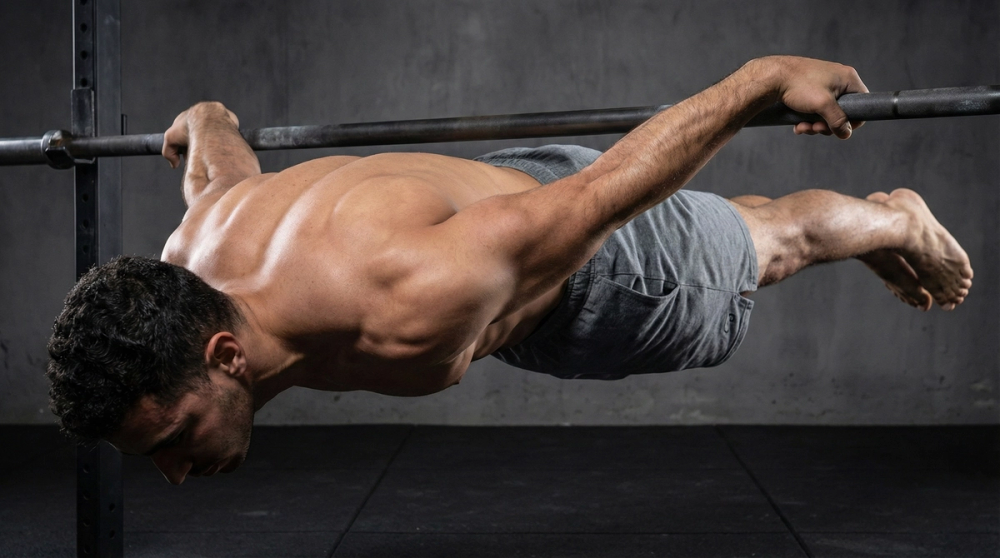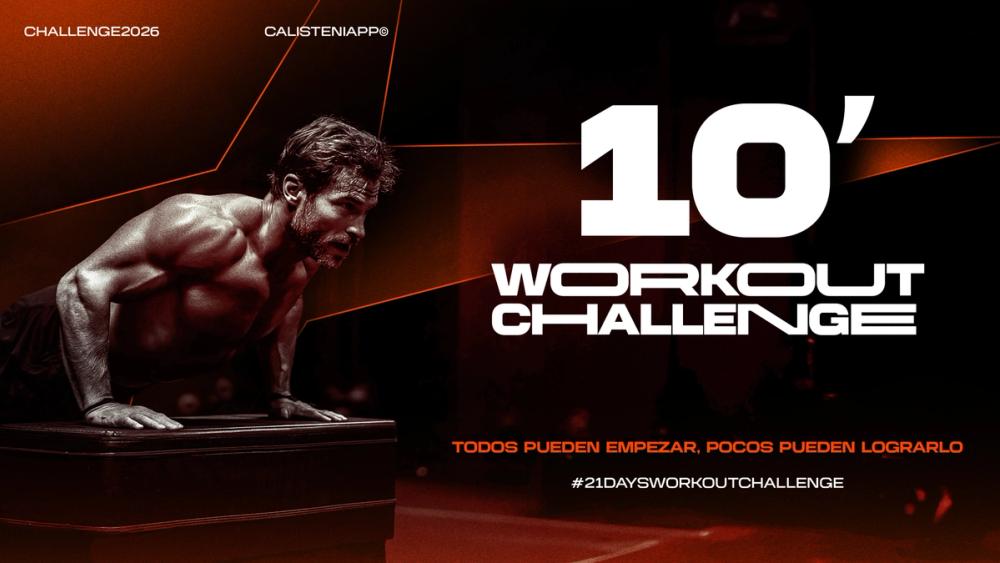
All Calisthenics Static Holds Explained + Full Diagram
A detailed breakdown of all calisthenics statics. Learn about muscle activation, movement patterns, and precise execution for every isometric skill.

Why so many calisthenics athletes have “chicken legs” and how to avoid it with 5 practical keys
For years, the same myth has been repeated: “You can’t build big legs with calisthenics.” But the reality is different. You can build leg muscle training only with your bodyweight—you just need intensity, progression, volume, and smart exercise selection. In this article, I’ll break down the 5 key reasons why so many people fail to make progress… and how you can avoid those mistakes.
This already happens at the gym: lots of people skip leg day because it’s tough, doesn’t “show” as much, and is usually covered by pants anyway. In calisthenics, the problem gets worse thanks to the myth that “you can’t train legs properly.” The result?
Some people prioritize planche, front lever, and other tension-based skills and convince themselves that leg training just “gets in the way” (more leg mass = harder skills).
Others just use the myth as an excuse to skip it altogether.
My take? If your goal is aesthetics or health, there’s no excuse—train your legs. Even if you compete in static holds, adding 2 cm to your quads won’t kill your front lever. And if you do choose to skip leg day purely for performance reasons, at least be aware that it’s a choice—not a limitation of calisthenics itself.

You’ll see people pushing themselves with pull-ups, muscle-ups, explosive dips, clapping push-ups… and then on leg day they’ll do 3 sets of 15 air squats and some chill lunges. That’s not going to build anything.
A practical rule: your RPE (rate of perceived exertion) and overall fatigue at the end of leg training should be similar to your toughest upper body sessions. If you’re wiped after back and chest day, but feel “fresh” after legs week after week, don’t expect results.
You don’t need to master perfect pistol squats to train hard. Almost every leg exercise has variations that can massively increase the intensity without turning it into a balance circus:
Key point: Use tempo, pauses, isometric holds, explosive movement, or unilateral exercises to push into high-stimulus territory.

Another classic mistake: “I’ve been doing 3 sets of 20 squats… for months.” If your legs never get more reps, more sets, less rest, more range, higher technical difficulty, or a harder variation, they won’t grow.
Ways to progress without weights:
Legs make up half your body. One light session per week usually won’t cut it. Just like in the gym, where two leg days a week are common, in calisthenics you’ll likely benefit from:

In Calisteniapp you’ll find a long list of well-structured leg routines. If you keep progressing and eventually reach the advanced ones, I guarantee you’ll build big, strong, and powerful legs.
You can also check out our “bigger legs” program and the EVO leg hypertrophy routine.
Yes, you can build bigger legs with calisthenics. What most people lack isn’t equipment—it’s mindset, method, and discipline. You need upper-body-level intensity, planned progression, smart exercise choices, and enough weekly volume. Fix these five issues, forget the myth, and start building strong, functional, muscular legs… without ever touching a barbell.
By Yerai Alonso

Yerai Alonso
Cofundador de Calisteniapp, referente en calistenia y el street workout en Español. Con más de una década de experiencia, es creador de uno de los canales de YouTube más influyentes del sector. Autor del libro La calle es tu gimnasio, campeón de Canarias y jurado en competiciones nacionales e internacionales.
Join our newsletter
Learn everything you need to know about calisthenics

A detailed breakdown of all calisthenics statics. Learn about muscle activation, movement patterns, and precise execution for every isometric skill.

Calisteniapp v25.12.0 introduces program pause, performance improvements, and the 10’ Workout Challenge 2026. No shortcuts, just better tools

Start training or give your routines a boost with this 21-day Calisthenics challenge for all levels that will put your discipline to the test.
